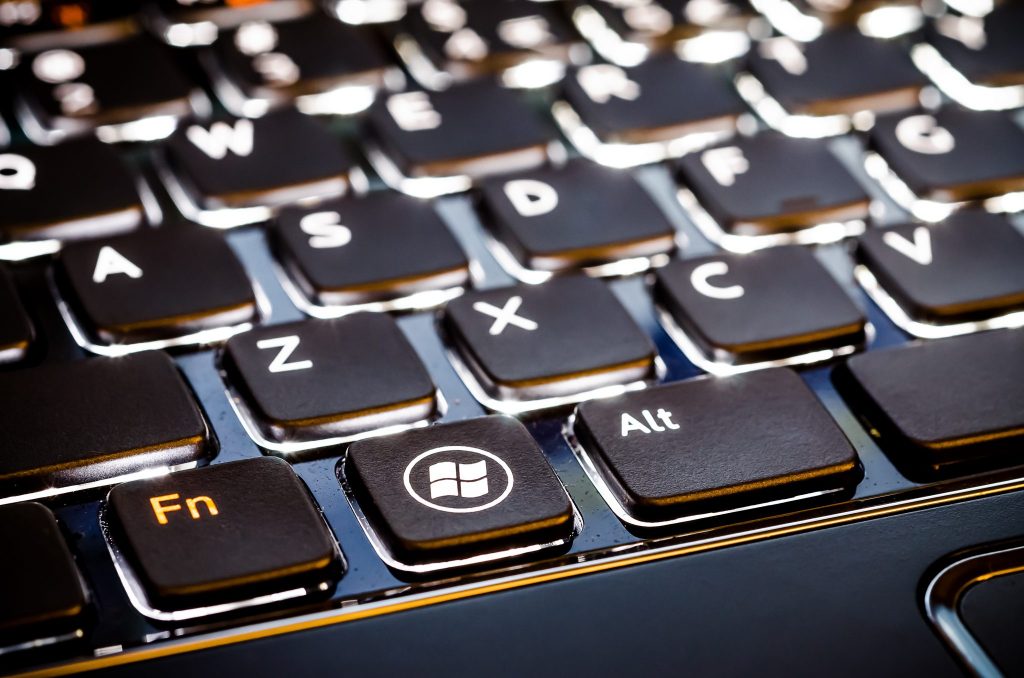Windows 2000’s boot.ini ARC syntax adds the signature() statement. See NT’s boot.ini for a writeup of Windows NT’s
ARC syntax. The signature() syntax added to Windows 2000 is equivalent to the
scsi() syntax, but adds support for Plug and Play architecture. For Plug and
Play operating systems, the SCSI controller number instance may vary each time
you start the operating system, especially if you add new SCSI controller
hardware after Setup is finished. An example of the signature( ) syntax:
signature(8c468c12)disk(1)rdisk(0)partition(2)\winnt=”Windows 2000″
In Windows 2000, the signature() syntax instructs the NTLDR program to locate the drive whose disk signature matches
the value in the signature parentheses, no matter which SCSI controller number
the drive is connected to. The signature() value is extracted from the physical
disk’s Master Boot Record (MBR). The signature value is a hexadecimal number
that is written to the MBR during the text-mode portion of Setup, or it is
written by an installation of Microsoft Windows NT version 4.0 or earlier. Yes,
its that signature written to the disk the first time NT / W2K / XP accesses the
hard drive using Disk Manager.
Windows 2000 / XP uses the signature( ) syntax in the boot.ini if one of the
following conditions exists:
- Your PC’s BIOS or the IDE controller does not support int13 BIOS extensions
- The int13 BIOS extensions are disabled.
- The installation partition is larger than 7.8 GBs.
- The ending cylinder number for the installation partition is higher than
1024.
- Your SCSI controller’s BIOS is disabled and thus int13 BIOS calls cannot be
used during the boot process.
There is an important gotcha! if the signature gets corrupted or changed. Now
the boot.ini can not find the correct partition to boot from and you get the
following error:
Windows 2000 could not start because of a computer disk
hardware configuration problem. Could not read from selected boot disk. Check
boot path and disk hardware. Please check the Windows 2000 documentation about
hardware disk configuration and your hardware disk configuration and your
hardware reference manuals for additional information.
If that happens to you, hopefully Q119467 can help.
